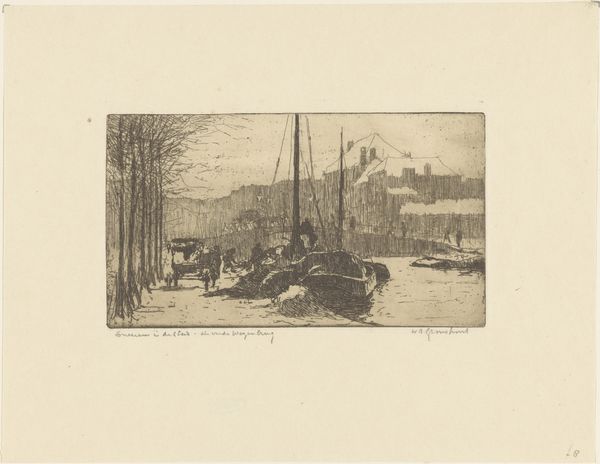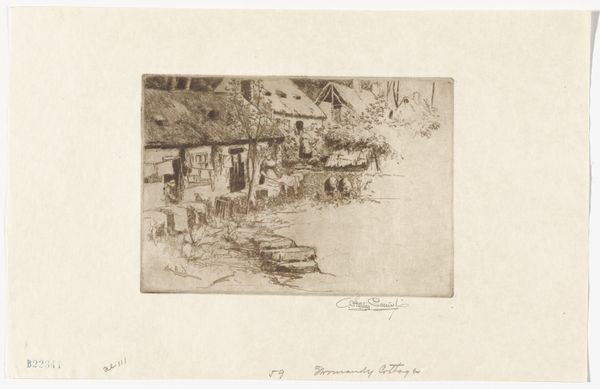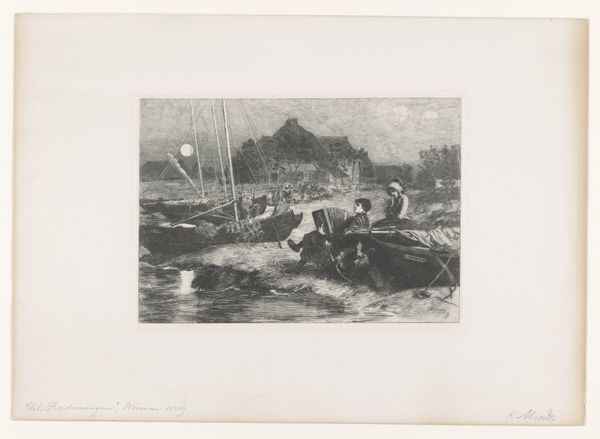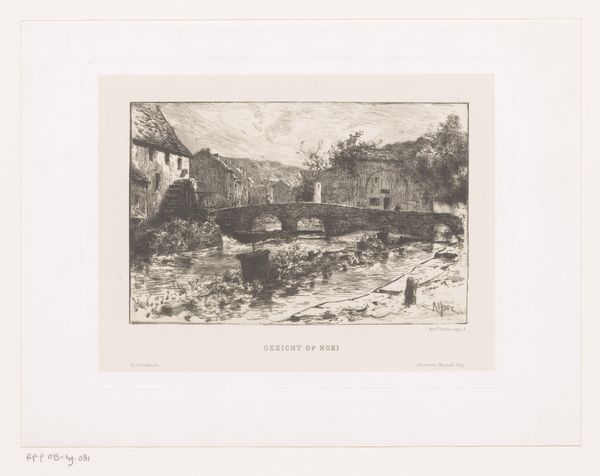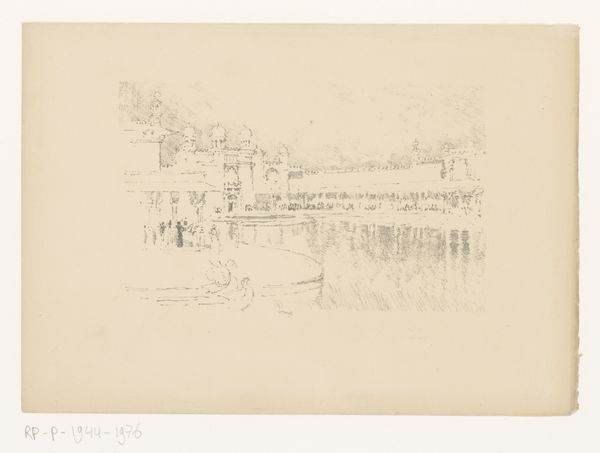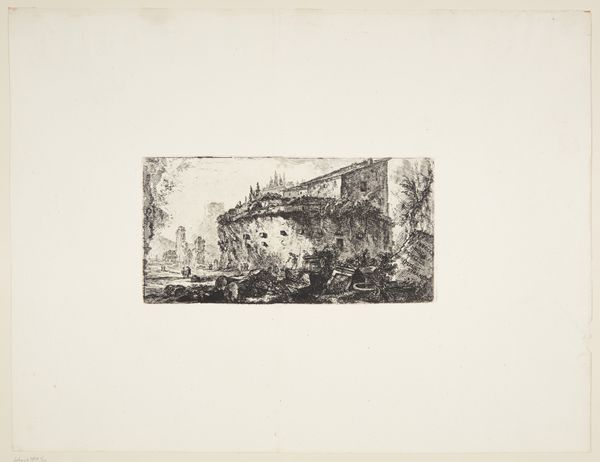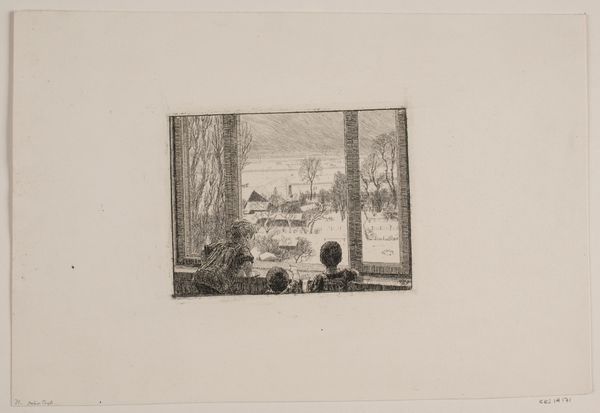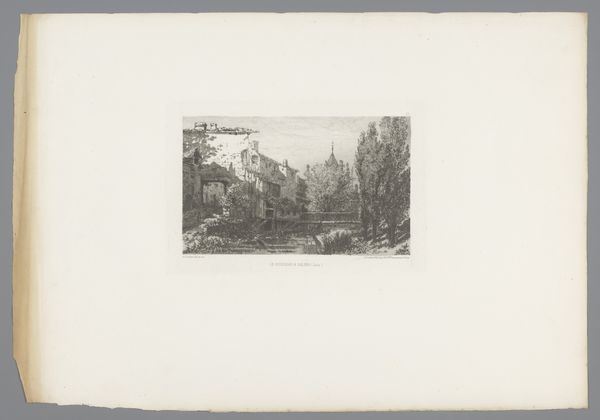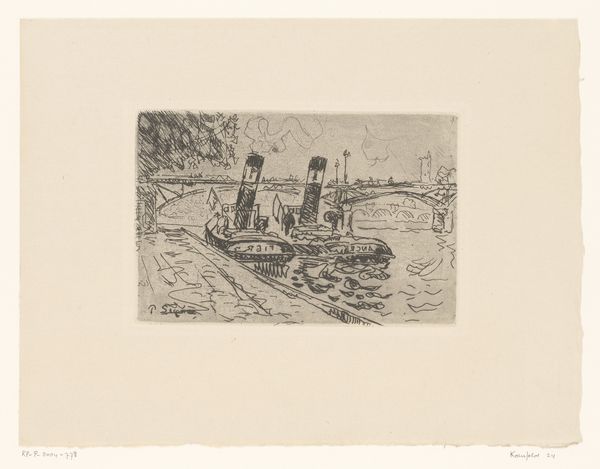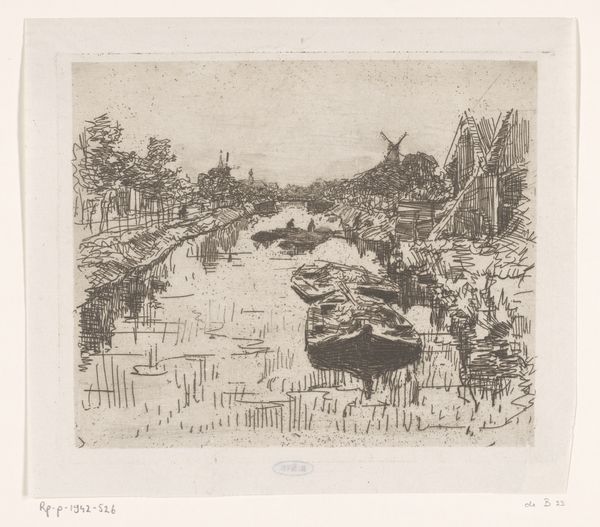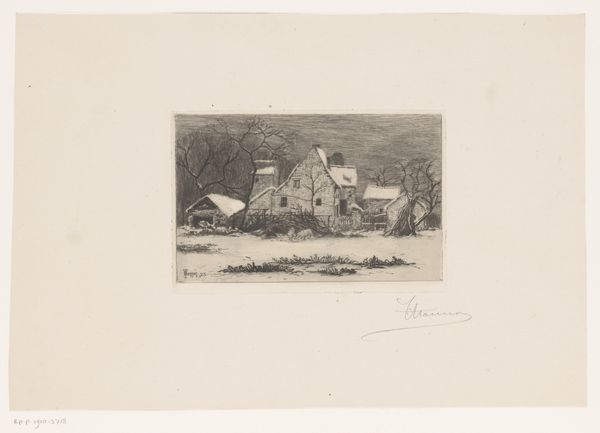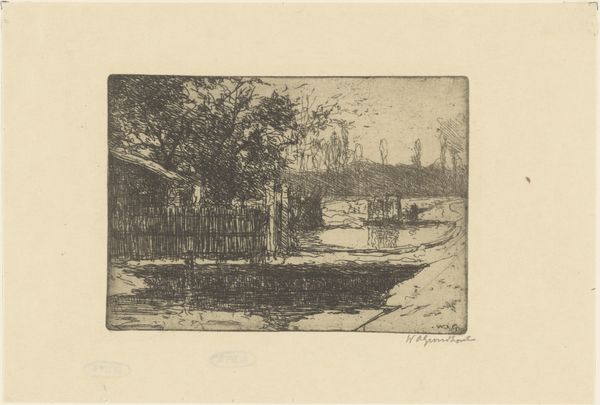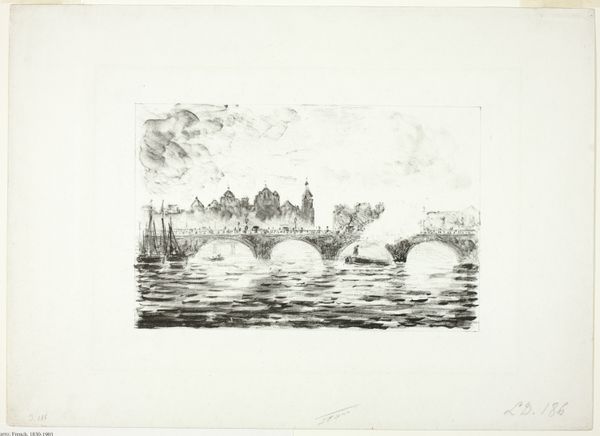
Dimensions: 5 x 7 3/8 in. (12.7 x 18.73 cm) (image)9 7/8 x 12 in. (25.08 x 30.48 cm) (sheet)
Copyright: Public Domain
William B. Closson created this engraving of the World’s Fair in 1893. The World's Fair was a major event in Chicago's history, meant to celebrate the 400th anniversary of Christopher Columbus' arrival in the Americas. The fair became a symbol of American exceptionalism, and of the country’s growing industrial power. In this image, we see imposing classical buildings which evoke a sense of grandeur and progress. The architecture, with its neoclassical style, reflects a desire to align the United States with the historical achievements of European civilization. The World’s Fair was also an important event in the history of American art institutions. The Art Institute of Chicago was founded in connection with the fair, and its collections were greatly expanded as a result. Understanding the art of the World’s Fair requires us to consult a wide range of historical documents, from architectural plans to political speeches. The fair was meant to project an image of unity, but further research reveals the tensions of class, race, and national identity that were very much present at the time.
Comments
No comments
Be the first to comment and join the conversation on the ultimate creative platform.
